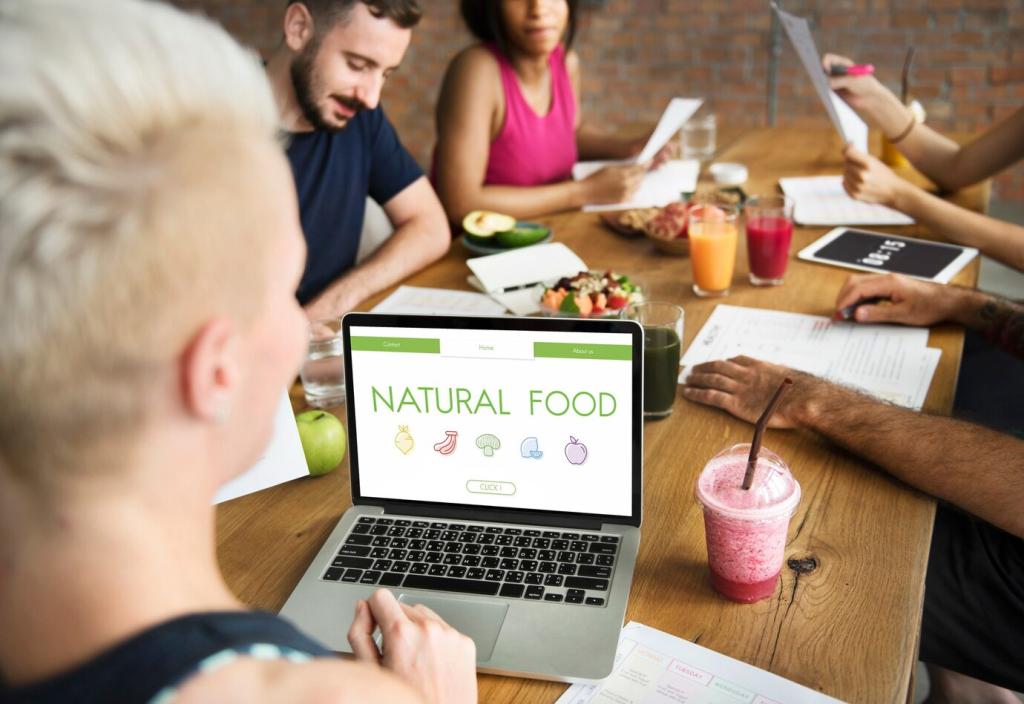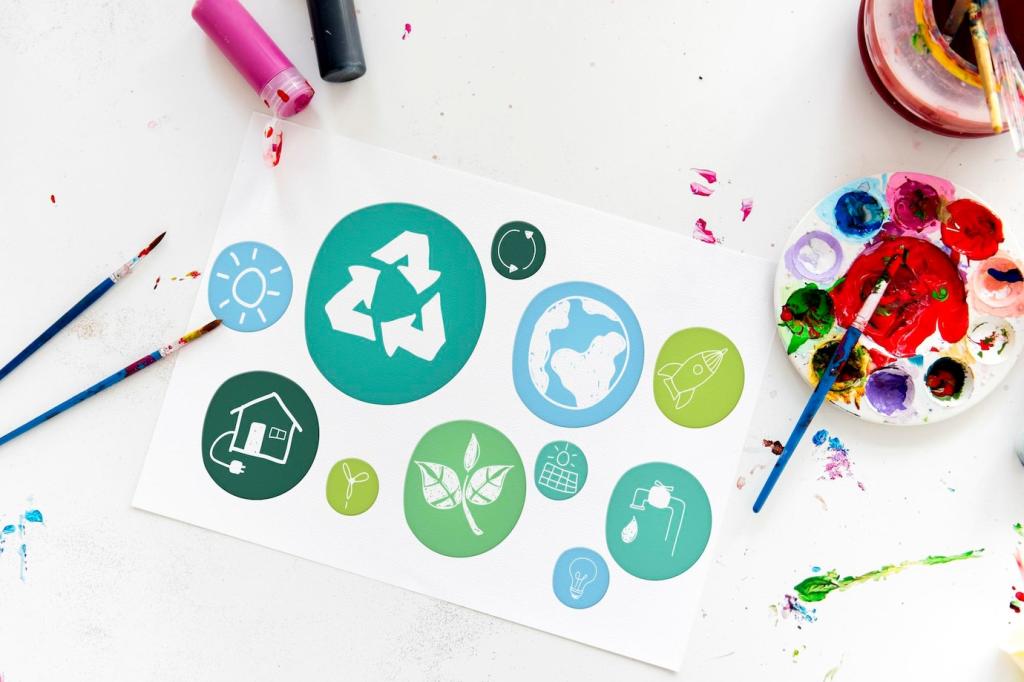Green Content Creation Techniques: Build Lighter Stories with Bigger Impact
Chosen theme: Green Content Creation Techniques. Welcome to a home page dedicated to crafting meaningful content that treads softly—reducing energy use, improving performance, and inspiring community action without sacrificing creativity or clarity.
Why Green Content Creation Matters Today
Every page view triggers data transfer and computing, consuming electricity that often comes from fossil fuels. Estimates suggest the internet contributes roughly 2–4% of global emissions, making efficient content design a surprisingly powerful lever for change.
We trimmed our homepage from 4.2 MB to 900 KB by compressing images, deferring scripts, and pruning unused fonts. Load time halved, bounce rate dipped, and our carbon-per-visit fell—proof that greener can also mean faster and friendlier.
When one article is optimized, its benefits echo across thousands of visits. Faster pages mean less electricity, fewer abandoned sessions, and more readers finishing your ideas. Share this mission with a colleague and amplify positive change together.

This is the heading
Lorem ipsum dolor sit amet, consectetur adipiscing elit. Ut elit tellus, luctus nec ullamcorper mattis, pulvinar dapibus leo.

This is the heading
Lorem ipsum dolor sit amet, consectetur adipiscing elit. Ut elit tellus, luctus nec ullamcorper mattis, pulvinar dapibus leo.
Low-Impact Images that Still Shine
Prefer modern formats like AVIF or WebP for photos, and SVG for icons or simple illustrations. Add width and height attributes, lazy-load below-the-fold images, and serve responsive sizes so mobile readers never download more pixels than they actually need.
Low-Impact Images that Still Shine
Use tools such as Squoosh, ImageOptim, or Sharp to target smart compression levels without visible quality loss. Employ art direction with srcset and sizes to deliver context-appropriate images, avoiding oversized assets that quietly burn bandwidth and patience.
Sustainable Video and Audio Publishing
Enable adaptive bitrate streaming so viewers receive only the quality they need. Avoid auto-play, preload metadata instead of the full file, and add captions to improve comprehension, reduce replays, and support quieter, lower-energy viewing environments.
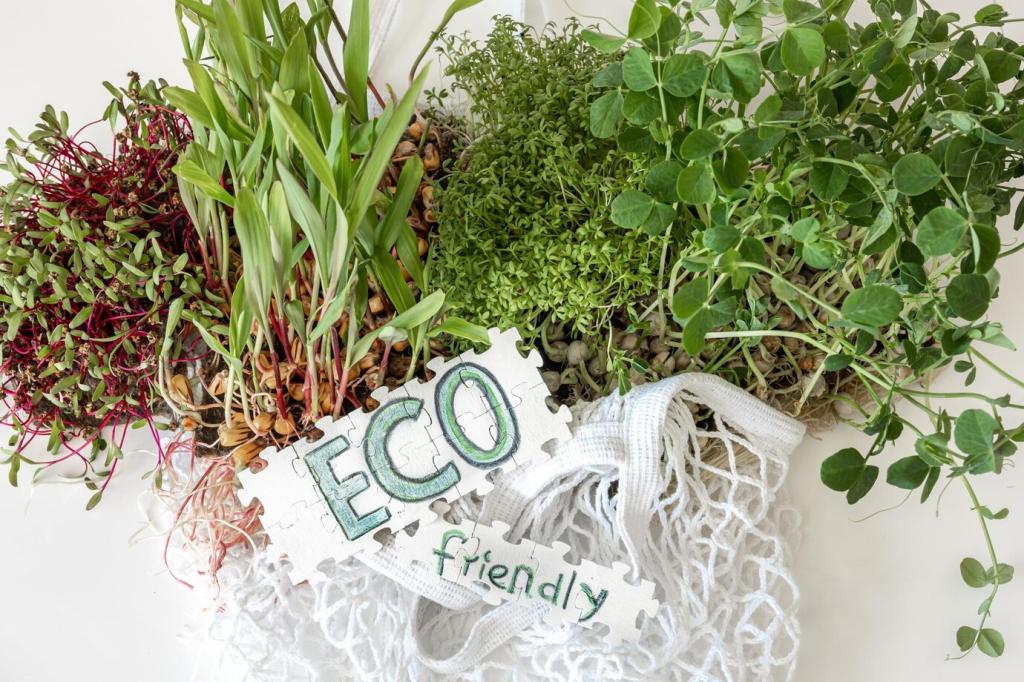

Sustainable Video and Audio Publishing
Use efficient encoding: mono for voice, moderate bitrates, and chapter markers for quick navigation. Host on providers powered by renewables, publish lean show notes, and transcribe thoughtfully so readers can skim instead of streaming the entire episode.
Green SEO and Findability
Fast Pages Rank and Pollute Less
Search engines reward fast, stable pages. Clean sitemaps, efficient canonical tags, and robots.txt hygiene reduce needless crawling. Fewer requests and lighter assets shorten time-to-content, cutting electricity use while enhancing visibility and reader satisfaction.
Intent-Driven Content Reduces Waste
Answer real questions completely the first time. Deep, structured answers minimize pogo-sticking between tabs, lowering cumulative network use while building trust. Use FAQs, succinct summaries, and meaningful internal links that guide readers straight to solutions.
Subscribe for Weekly Eco-SEO Tips
Join our newsletter for bite-sized experiments that blend ranking gains with responsible design. Expect practical audits, keyword intent maps, and before-and-after performance stories you can replicate on your own site with measurable results.
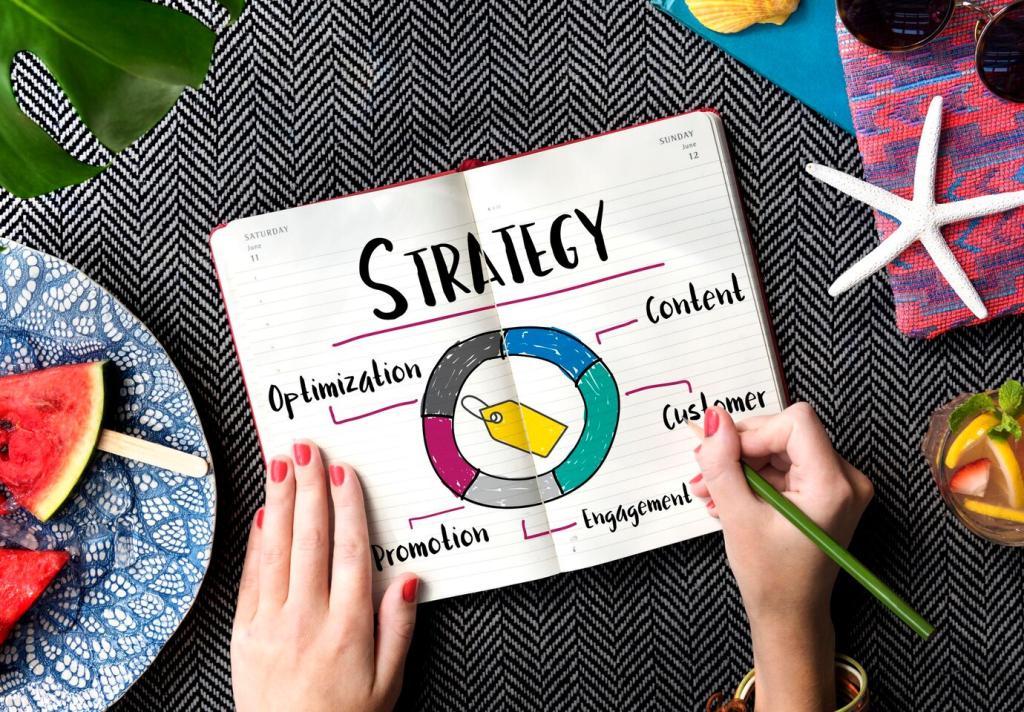
Accessible Design Saves Energy
Semantic HTML, keyboard navigation, and clear focus states reduce heavy JavaScript and complex workarounds. When users find information swiftly, they spend less time reloading or re-searching, conserving both patience and power across devices and networks.

Color, Contrast, and Power
Strong contrast and restrained palettes aid readability and can reduce eye strain. Dark themes can save energy on OLED screens, but prioritize accessibility first. Offer user-controlled modes, remembering that clarity and speed are the greenest design features.
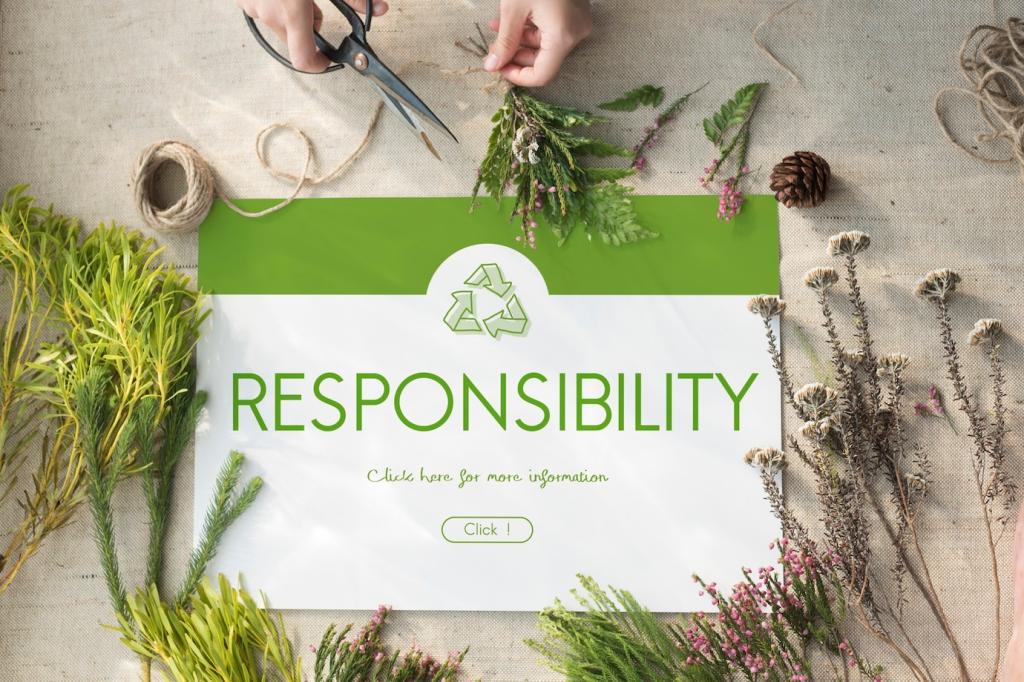
Join the Accessibility Audit
Pick one pattern—like link focus or form labels—and audit it today. Share your findings and we’ll compile community fixes, creating a living library of small, sustainable improvements anyone can adopt quickly.
